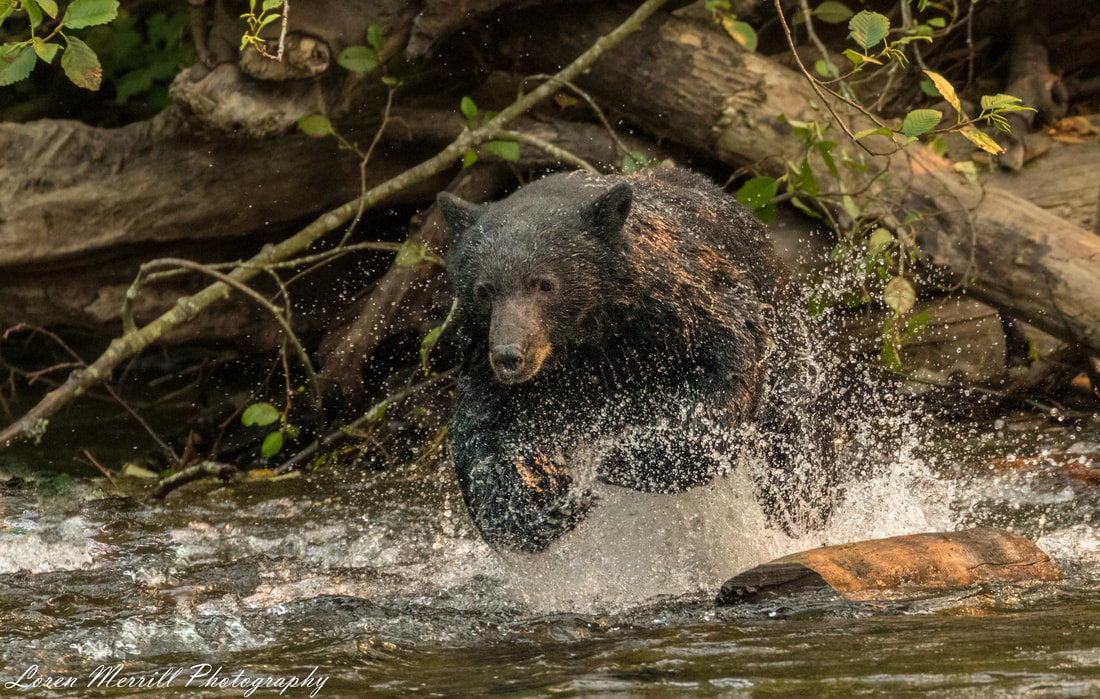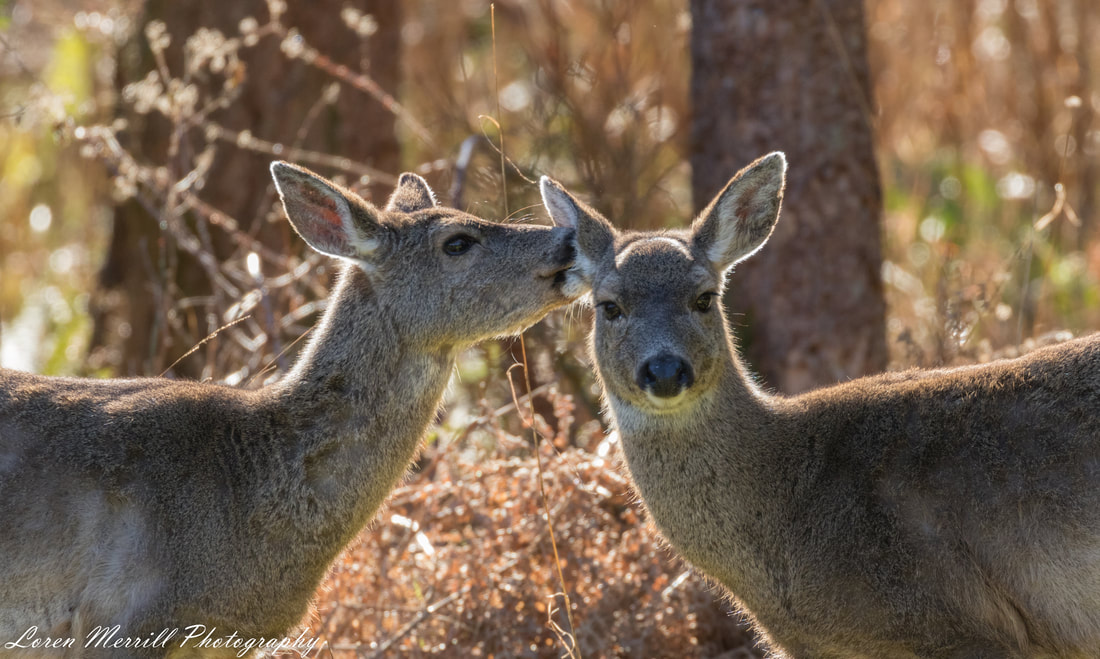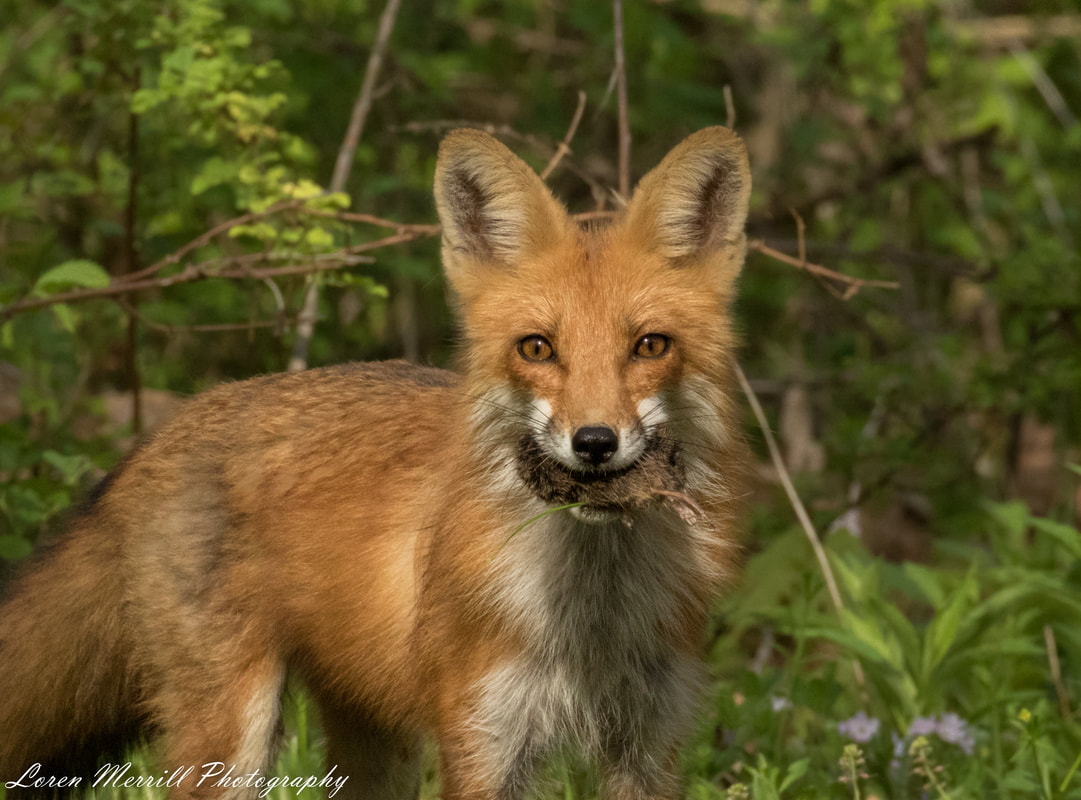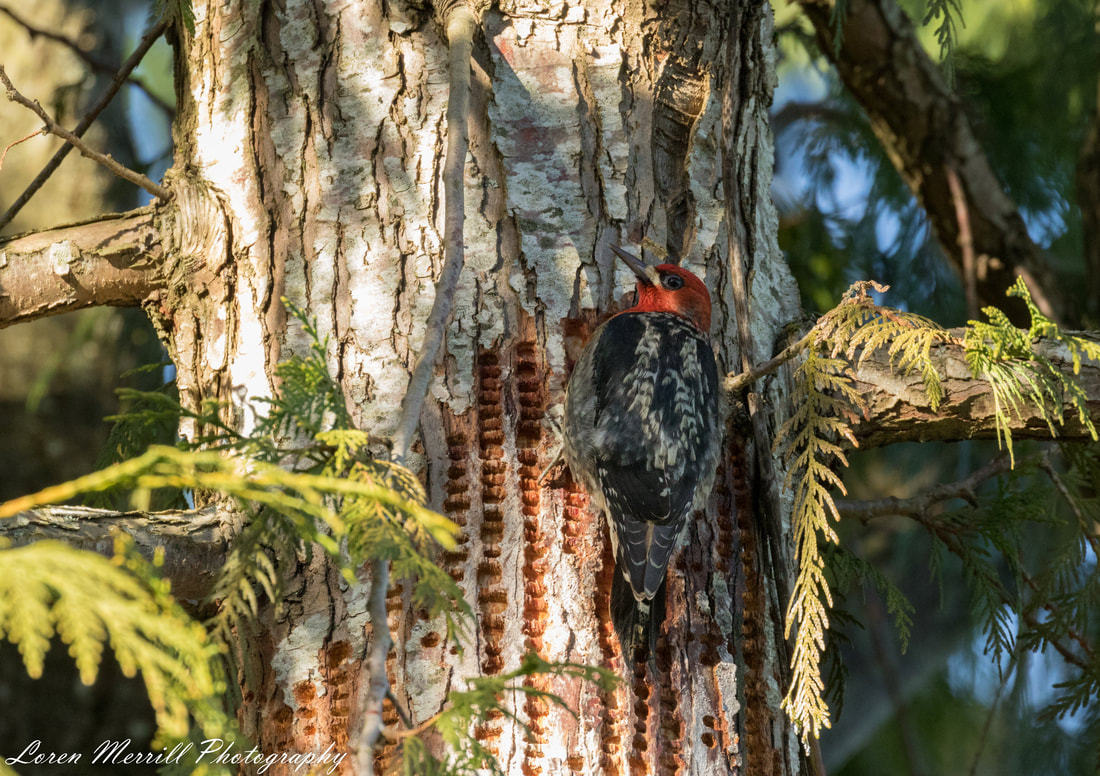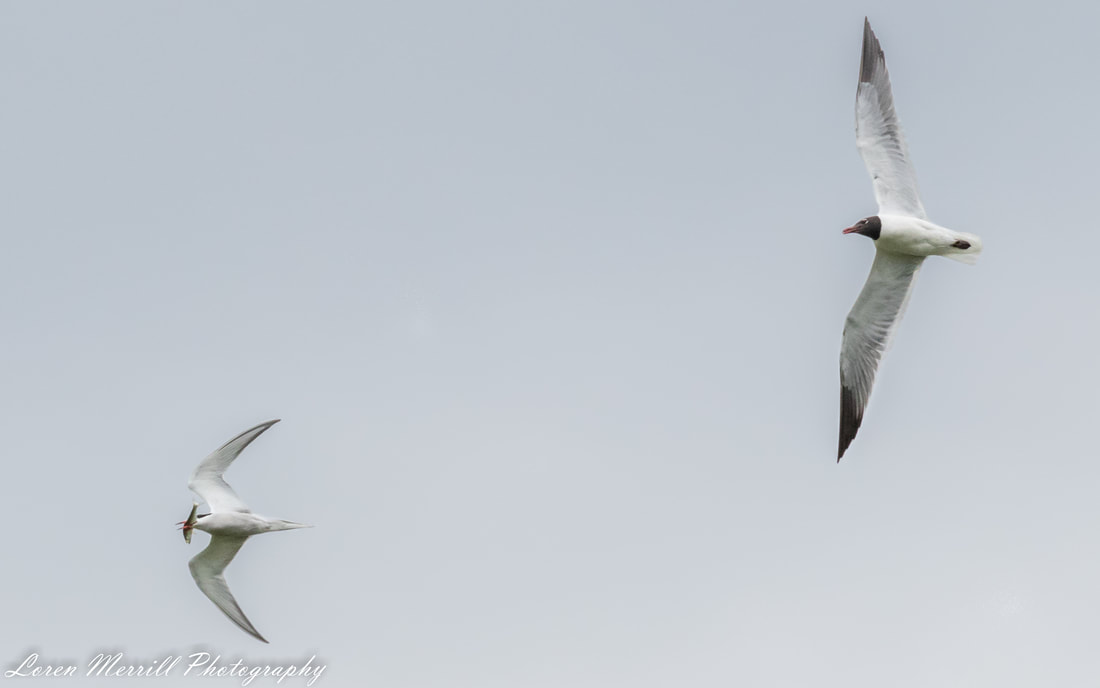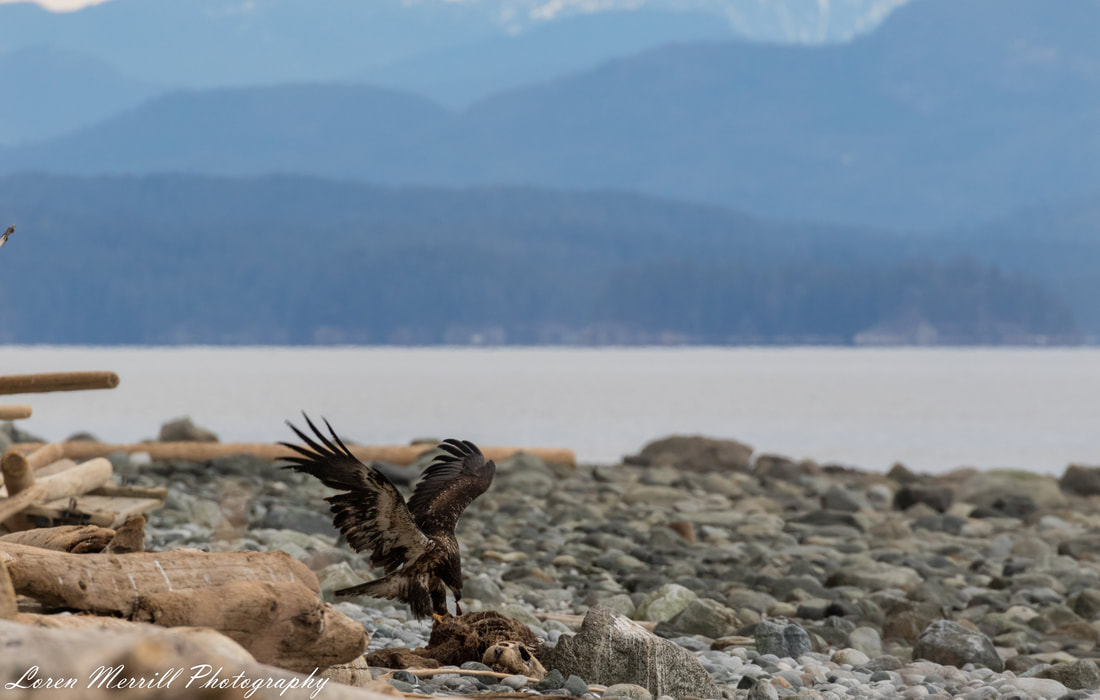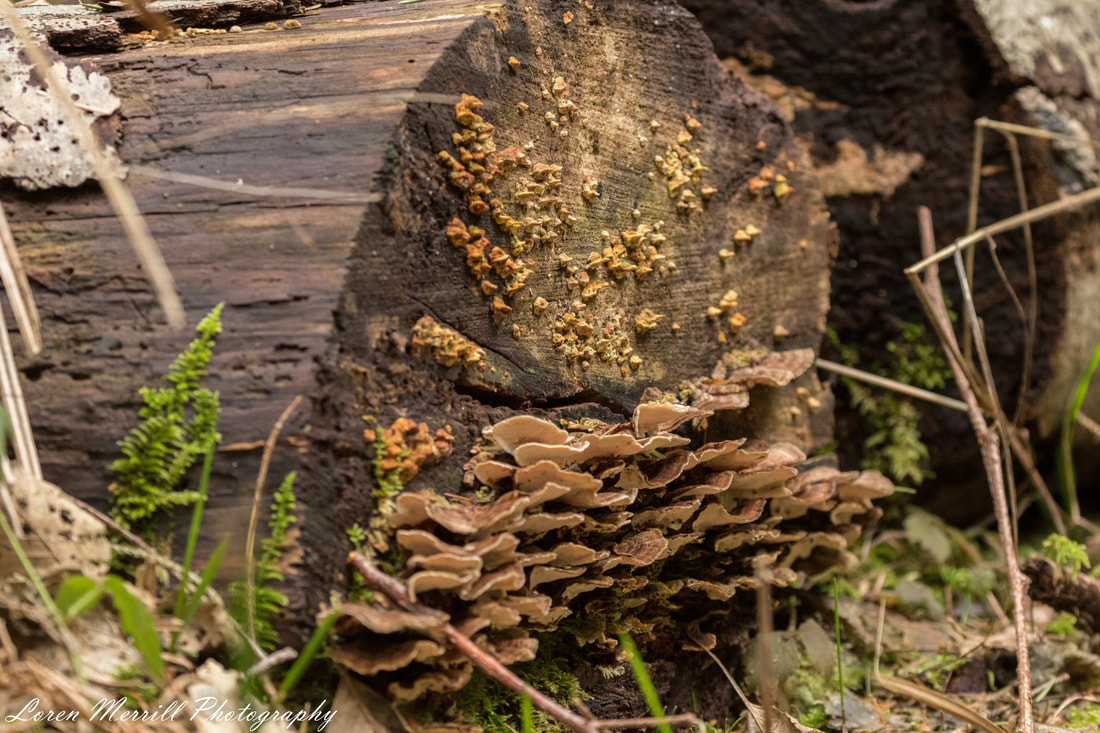|
Early the other morning, I was hiking at the nearby Rebecca Spit Provincial Park, when I came upon a scene that spoke quietly, but surely, of death. Clumps of golden and beige deer hair lay scattered about, and the surrounding moss-covered ground was scarred by the action of hooves and paws. But whose paws? I looked for evidence of the predator and for signs of the prey’s body, but found nothing. Tara and I returned later that afternoon to scan for more clues, but other than a pair of ravens vocalizing in the woods, we left without any further hints regarding the deer’s fortune. The few puzzle pieces left by the interaction between predator and prey both thrilled and disquieted me. I suspect my conflicted response harkens back to our mixed backgrounds as predators and prey. As humans, our predatory history is still quite evident (consider the amount of meat the average person consumes), but most of us in North America rarely find ourselves in situations where we are under the risk of predation. A few thousand years ago (and in some areas of the world today), however, we were still very much on the menu, and I think my sympathies for the deer may ultimately stem from that shared threat. Even without clear evidence of the predator’s identity, I can easily narrow it down to two likely candidates; wolves, and mountain lions. Both occur on the island in good numbers and both rely heavily on deer. And while I am hopeful that I will encounter one or both of these predators at some point on this journey, for now I will have to be satisfied with the knowledge that they are here, hunting in the night, and that the island is healthy enough to support top predators. And in considering that fact, it has sparked in me a disjointed and meandering contemplation of trophic interactions in general, and some of the trophic interactions I’ve come across recently. I think as a biologist and, especially as a photographer, I’m drawn to the flashy trophic (feeding) interactions associated with predator-prey encounters. The bear chasing the salmon, the otter foraging for crabs, and the red fox pouncing on the vole. But there are, of course, many other strategies by which organisms feed. If you remember back to your Intro Biology days (nope) or Intro Ecology (umm…..) you may recall that there are a few basic categories that fall within the producer-consumer dichotomy. There are the producers (plants, algae, hydrothermal vent bacteria), that convert the energy from the sun (or from hydrogen sulphide) into food via photosynthesis or chemosynthesis. And then there are the consumers. These can then be subdivided into a number of categories; those that eat plants (primary consumers), those that eat animals that eat plants (secondary consumers), and those that eat animals that eat animals (tertiary consumers). Phew, ok we got through that. Except we forgot the decomposers; the fungi and bacteria that break down dead plant and animal matter. And I would be remiss (and likely subjected to a berating from my disease ecologist wife) if I neglected to mention the parasites, which have a durable and intimate relationship with their living hosts, from whom they siphon off resources. (My wife would also like to remind you that at least 50% of species on this planet are likely parasitic). Perhaps a bit more detail than you recall, but relatively straight forward. When we begin poking our noses into the natural world, however, there are lots of interesting cases where it is not immediately clear what sort of interaction is occurring and whether it qualifies as a trophic strategy. Let’s consider a case I’ve already presented in the blog before; the red-breasted sapsucker. To refresh your memory, this sharply dressed syrup baron makes a living out of drilling holes into trees and consuming the sap that oozes out. I think at first blush, most people would place the sapsucker into a primary consumer category; it’s eating a living plant product. But there are a few aspects of this relationship that merit further consideration. The sapsucker drills through the outer and inner bark of the tree, thereby tapping into, and consuming, the tree’s life blood (xylem and phloem) over a matter of weeks or months. This is remarkably similar to the way in which an intestinal parasite extracts resources from its host’s gut, or an ectoparasite draws blood from its host. So does that make the sapsucker a parasite? Is it really a giant feathered tree tick? At this point I think it requires further assessment before making a final designation, but it’s always fun to consider seemingly simple relationships between organisms in a new light. Another relationship that I’ve touched on a few times in these digital pages, and that defies simple categorization, is the one between thief and victim; kleptoparasitism. The most common exhibitor of kleptoparasitism I’ve discussed so far is the bald eagle, who I’ve seen stealing food from otters and gulls. But gulls themselves are notorious kleptos, and will steal from terns, other gulls, as well as unsuspecting beach-goers. In eagles and gulls, this stealing behavior is opportunistic. For frigatebirds and jaegers, however, thievery can be a way of life. First the kleptoparasite locates a target, which is typically a seabird of some sort carrying a mouthful of freshly caught fish. The frigatebirds or jaegers then begin pursuing their intended victim, chasing and tormenting them into dropping whatever food item they are carrying, which the chasers snag out of the air and gulp down. These full-time thieves make a living out of extracting energy from pre-consumed food collected by others. So the question is, does kleptoparasitism qualify as a trophic strategy, and if so, what type of trophic category is it? Are they micropredators of their victims, stealing small allotments of energy? Are they parasites, like the sapsuckers? Perhaps they are competitors, although generally that involves procuring resources prior to acquisition by the competition, not after. In answer to the question I posed, I’m not sure how kleptoparasitism fits into the current paradigm, and suspect that it requires a new category all to itself. It may not be a common full-time strategy, but many different organisms (yeah I’m looking at you humans) exhibit this form of energy consumption at least occasionally, and I think it warrants more attention. I’ll wrap up this week’s post with an unheralded, but critically important trophic interaction; decomposition. Generally this category is reserved for the fungi and bacteria that break down waste material and dead organic matter, and in the process, recycle those nutrients back into the system. But should we consider adding carrion eaters, or scavengers, to this category? They consume dead organic matter, digest it, and excrete nutrients that are taken up by plants, algae, fungi, and bacteria. Furthermore, we now know that much of the work of digesting the dead material is conducted by the animal’s gut bacterial flora; their microbiota. Including scavengers in the decomposer category doesn’t seem like such a long shot now that we know who’s actually doing the work here. Of course, it’s likely that every animal requires the help of its gut microbiota to digest its food, but I think we’ll leave the implications of that relationship alone for now. Next week: Sea Lions Running The Narrows
0 Comments
Leave a Reply. |
About the author:Loren grew up in the wilds of Boston, Massachusetts, and honed his natural history skills in the urban backyard. He attended Cornell University for his undergraduate degree in Natural Resources, and received his PhD in Ecology from the University of California, Santa Barbara. He has traveled extensively, and in the past few years has developed an affliction for wildlife photography. Archives:
|
